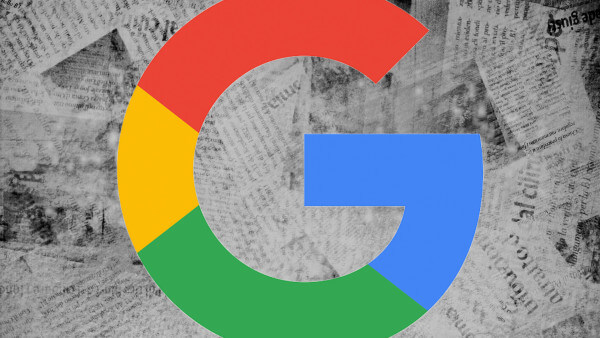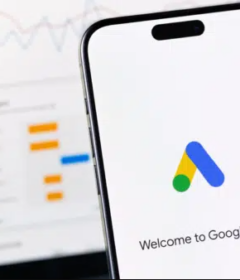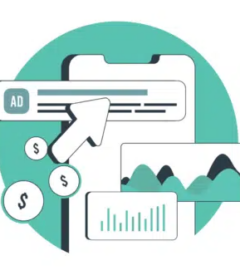Google Search has never seen as many searches for a single topic continue over a sustained period as is happening now with COVID-19. Many searches are for news about what’s happening in local areas, such as sheltering updates or the latest on testing. Here’s how we’re helping….
Google surfacing more local COVID news content to satisfy massive search demand

Local news publishers have struggled to monetize spike in consumer interest.
How Google defines local news. Sullivan explains that Google defines “local news content” as material produced by local publishers (e.g. newspapers) or those outside the geographic area if relevant. He adds that in order to better surface high-demand local news content, Google “made a change to help local content surface better within our Top Stories box” and added a new “Local news box” to show local content for coronavirus searches.
Top Stories on Google’s coronavirus SERP

Non-AMP COVID content in Top Stories. Both AMP and non-AMP stories can appear in Top Stories for coronavirus-related news searches. However, AMP-content is still required for non-coronavirus stories to appear in Top Stories.
Sullivan also pointed to Google’s Journalism Emergency Relief Fund, which is intended to provide support to local news publishers around the world. According to the Pew Research Center, local newsrooms have “shed” 50% of their employees since 2008. And the pandemic has resulted in significant furloughs and job cuts, even closures, by local news publications.
Why we care. Local news is a critical, trusted communication channel in a public health crisis. However, COVID-19 has been called “an extinction-level event” for local publishers — just as user needs and interest are spiking — due to advertisers pausing campaigns and/or blocking ads from appearing alongside articles about the virus.
The crisis has highlighted the challenges publishers face in monetizing newfound traffic as many advertisers sit out in the name of brand safety. Content exclusions and brand safety technologies often lack the nuance to be able to distinguish article tone and end up blocking all content, including positive pieces, that reference the virus. That hurts publishers and leaves opportunities for advertisers on the table.
What governments and private companies (e.g., Google) do now to support local publications could help preserve local news and prevent the creation of more “local news deserts.” However, the prognosis is not good, unfortunately, without advertiser commitment.




